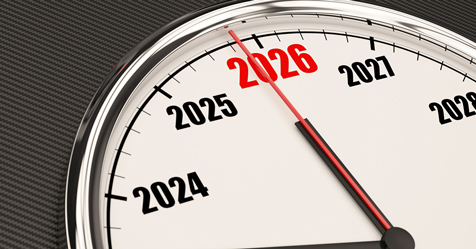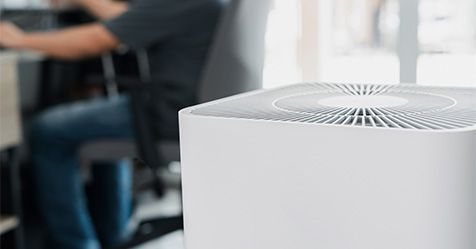Study Finds Air Purifiers Add to Indoor Air Pollution
Questions have arisen about the safety of air purification machines, which have become more popular during the pandemic due to concerns about airborne disease transmission. A new study published in the journal Environmental Science and Technology Letters found while purifiers clear the air of some contaminants, they are also releasing aerosols and other pollutants into buildings.
Researchers with the School of Earth and Atmospheric Sciences at Georgia Tech University in Atlanta evaluated the effects of a hydroxyl radial generator in an office setting. This type of generator, which works as an air purifier by decomposing odors and pollutants, has been marketed to inactivate pathogens such as the SARS-CoV-2 virus.
“There are increasing concerns regarding the use of electronic air cleaners as these devices can potentially generate unintended byproducts via oxidation chemistry similar to that in the atmosphere,” said Nga Lee “Sally” Ng, lead researcher.
In the process of cleaning the air, researchers found the hydroxyl radicals generated by the device reacted with volatile organic compounds present in the indoor space. This led to chemical reactions that quickly formed organic acids and secondary organic aerosols that can cause health problems such as cardiopulmonary disease.
“More studies need to be conducted on the effects of these devices in a variety of environments,” Ng said. “Electronic air cleaners greatly rose in prominence because of the pandemic, and now there are a lot of these devices out there. Millions of dollars are being spent on these devices by businesses and schools. Our results show that care must be taken when choosing an adequate and appropriate air cleaning technology for a particular environment and task.”


